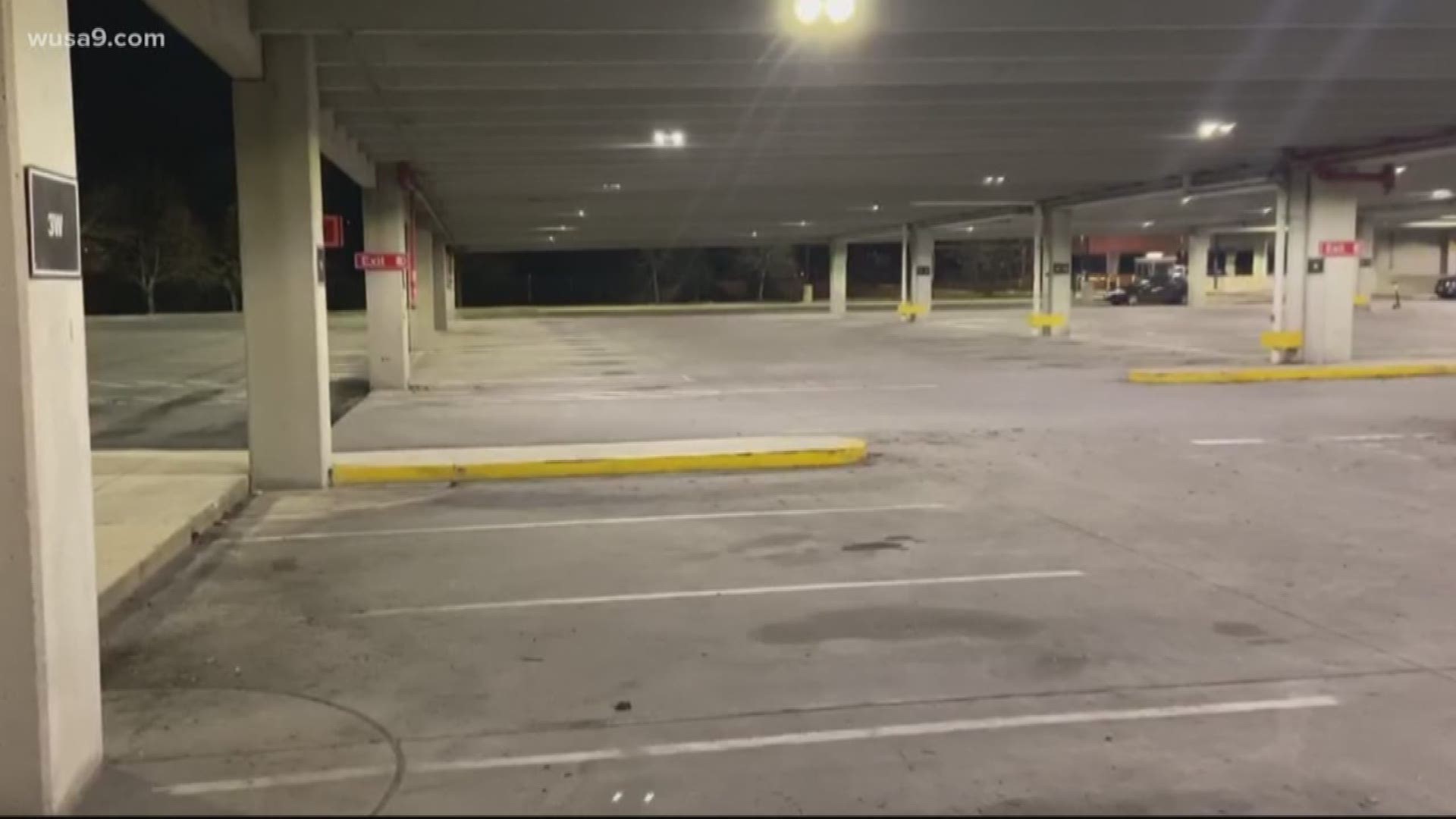WASHINGTON — Metrorail ridership numbers have gone up for the first time in nearly a decade, according to new data released Wednesday by the transit agency. Transit officials say the four percent increase represents a turnaround in public opinion of Metro, beleaguered by slumping ridership driven by a years-long safety overhaul and reliability issues.
Metro said an average of 626,000 riders boarded trains each weekday in 2019, an extra 20,000 riders over 2018.
Metro spokesman Dan Stessel said the increase happened despite “major headwinds"-- a federal government shutdown that kept commuters home until the last week of January and a 100-day station rehab project that closed six stops in Alexandria.
"Metrorail’s ridership growth trend can now be expressed in years," a Metro news release said, "ending a downward trend that lasted most of the prior decade.”
Metro said ridership reached its highest in 2008 with an average of 750,000 weekday riders. But ridership cratered in 2016 after a daylong shutdown of the entire system, the preamble to weeks-long rolling trackwork shutdowns known as SafeTrack. Metro leaders acknowledge that the system faces more competition in 2020, with the proliferation of ride-sharing apps and electric scooters as well as low gas prices.
"We know that our customers have lots of travel options these days, and that we have to earn their patronage every day through convenient, affordable, reliable service," Metro General Manager Paul Wiedefeld said in a statement. "We are excited to continue this trend and welcome more riders to Metro, as we work even harder to become the region’s transportation provider of choice."
RELATED: Metro is losing more money than it thought to fare evasion—and thinks the real number is much worse
Metro thinks ridership gains were driven by service improvements for everyday commuters, ridership growth on weekends, and major events. Metro said ridership peaked during Nationals post-season games in October when average weekday ridership reached 683,000.

